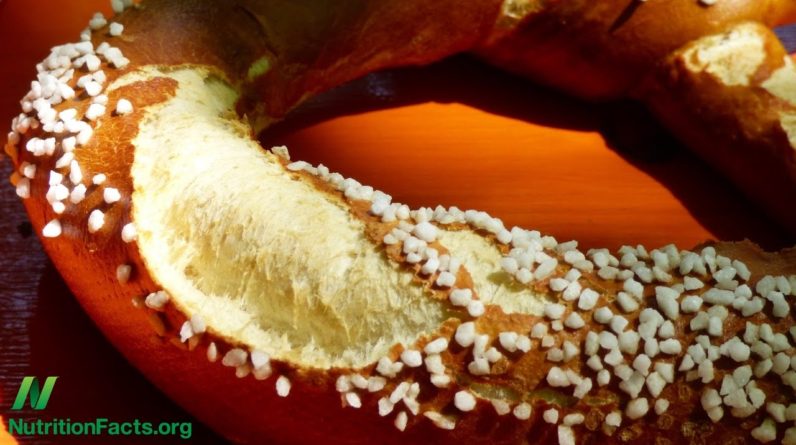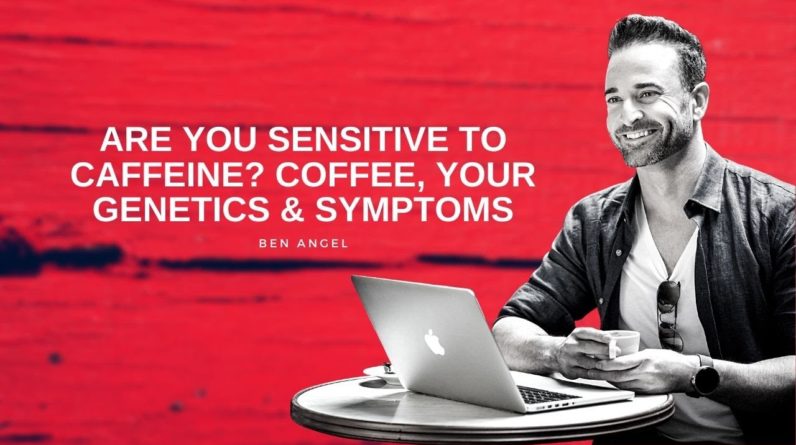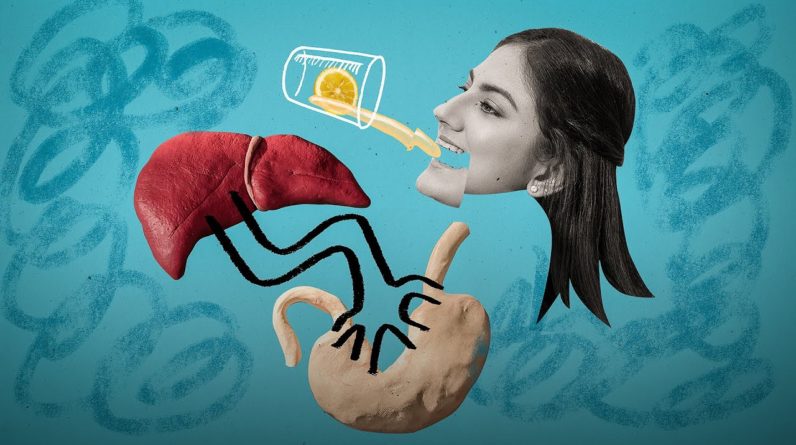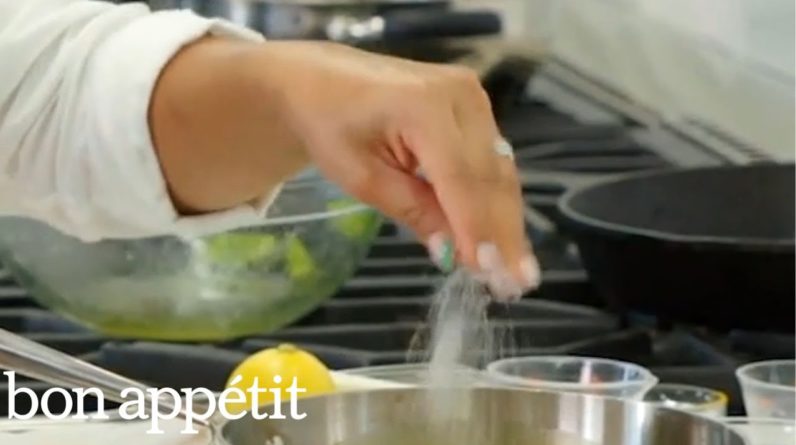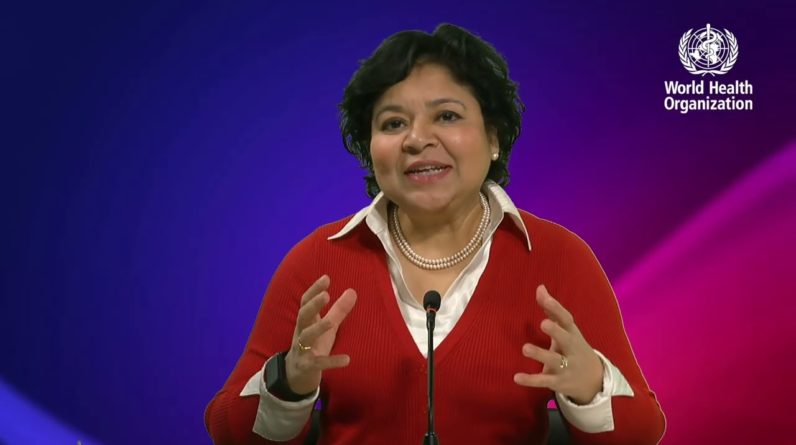
so let's talk about salt it's in almost everything you eat oftentimes you hear sodium is bad for you while other times you hear you need it for proper functioning of your body so what is the truth well to delve into this first we need to establish the difference between sodium and salt salt is a crystal like substance that you can put in your everyday food you can pair this with eggs fries chicken chocolate and more chemically it is known as a formula nacl different kinds of salts available for you out there are simply versions that take this formula and add and arrange it in different ways to form the various colors and structures that you see today here are a few examples that you might know himalayan salt is salt that contains trace minerals such as iron that gives it that distinctive pink color it is often marketed as a healthier alternative to sea salt because it contains a reduced sodium concentration sea salt as described in its name is salt that is harvested from the seed it usually contains other natural minerals and is much coarser in shape and texture table salt is regular salt that you have in your house table salt is processed meaning it is purified of other minerals giving it one of the highest sodium concentrations black salt again much like himalayan salt contains other trace minerals such as sulfur which gives it that distinctive black color and flavor sodium on the other hand is a dietary mineral that's found in our bodies sodium does not just come from salt but can be found in everyday foods such as tap water bread cheese and other processed foods especially those containing msg sodium is an essential ion found in our bodies that helps transmit nerve impulses to relax and contract muscle virus including those in our involuntary muscles found in our hearts and blood vessels so what happens with different sodium levels with sodium follows water the movement of water is governed by the principle of osmosis which states that water moves from an area of higher concentration to low concentration under normal circumstances our kidneys function to regulate this delicate balance of sodium and water low sodium levels can be caused by fluid retention in which there is too much water in our vessels this can cause addison's disease diarrhea vomiting burns heart failure and more thankfully there are treatments available such as diuretics that can help mitigate these effects high sodium levels is linked to many different kinds of health problems including cardiovascular disease and hypertension the excess sodium pulls water into our vessels causing a sudden surge in blood volume the walls of the vessels must stretch further and the heart must pump harder to accommodate for the extra fluid over time the unnecessary stress wears down the vessel walls and the heart making them more susceptible to damage and plaque buildup this puts you at risk for heart attack and strokes so how much sodium should you be taking and what can you do to limit your intake currently the world health organization recommends an intake of 1500 milligrams of sodium per day with a maximum of 2 300 milligrams a day unfortunately today the average daily sodium intake for canadians is estimated to be 2 760 milligrams almost double the recommended amount a study by in 2007 plays a proportion of high blood pressure cases caused by high sodium intake to be 30 sodium can add a fastener diet but there are a few steps you can take to reduce your intake the most important thing is to make small lifestyle changes instead of big momentary ones to prevent all rebound of old habits the first tip is to try to dine out less and cook more of your own dishes this gives you more control of the amount of sodium you are consuming and you can be more transparent with yourself if you are buying out try to avoid heavily flavored sauces and dressings as often times these can carry more sodium content than the food itself when cooking your own food you should try to limit the use of salt by replacing it with other herbs and spices ingredients like garlic onion cumin vinegar lemon juice and paprika are all great substitutes you can use to add additional flavor to your dishes without the need for salt if you need to buy packaged items it is a good idea to check the nutrition label make sure you make note of both the serving size and the sodium content a single service size for a package is usually small and you will probably end up eating more than the amount listed in a single sitting make sure you find the amount of sodium you're consuming appropriately by calculating the values sometimes you'll also see the percent daily value listed to the right hand side of the label most of the times this value is derived from the maximum sodium intake you can take which is milligrams and not the actual recommended serving of 1500 milligrams therefore taking the full 100 of the daily value is actually more than what you need it is best to calculate your intake by the actual milligrams listed on the package rather than the daily percentage another tip is to stick to the edges of the store when shopping instead of the middle stores often strategically lay out their products in order to attempt june to buy more goods by keeping their staples such as dairy products eggs meats and vegetables on the edges of the store they draw and force customers to look through the other aisles with chows mainly sugary snacks and other impulse buy items if you do want to buy snacks you can look up for these following labels unsalted food labels means that there is no added sodium but there could be naturally occurring sodium in the food itself that is not being accounted for sodium free means less than five milligrams and low sodium means less than 140 milligrams reduced sodium means that there is 25 percent less sodium than the foods original value but it is oftentimes still too much and should be avoided [Music] in general consuming sodium is not a bad thing in actuality is an important mineral needed for proper functioning of your body like most things however it does need to be consumed in moderation to summarize it is never bad to limit your intake of added sodium in your diet as it can add up pretty quickly a good starting point is to take control of your sodium intake by cooking your own foods reading the nutrition label and products carefully and sticking to staple natural foods found on the edges of grocery stores [Music] listen



